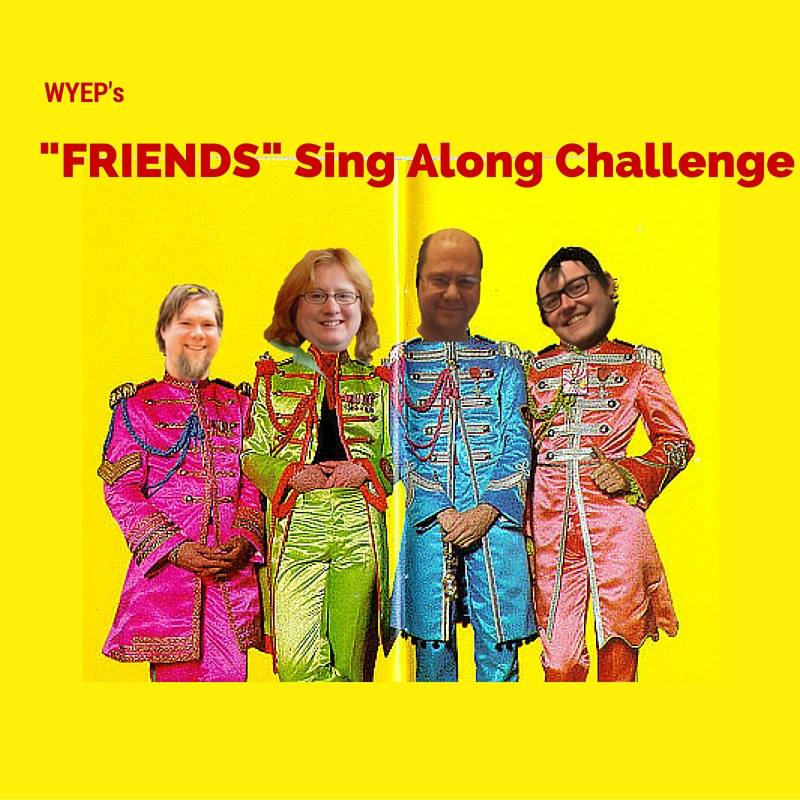AIR, PRNDI partner on guidelines for radio freelancers
The Association of Independents in Radio and Public Radio News Directors Inc. are collaborating on a set of guidelines for local pubradio stations to consult when setting freelancer rates.
To lead the initiative, AIR recruited Susanna Capelouto, former news director at Georgia Public Broadcasting. Over the next month, Capelouto will survey news directors and station managers across the country to inform the guidelines, which she hopes to publish by Dec. 1.
AIR will draw from a pay guide that it developed for NPR in 2002 and updated last year and from a guide that it created for American Public Media’s Marketplace in 2012. “We don’t have to reinvent the wheel,” said AIR Executive Director Sue Schardt. “We’ve got a basic framework.”
Stations now use a range of different pay scales for freelancers, sometimes paying per minute of airtime, at other times flat per-piece rates. AIR and PRNDI will seek to create guidelines that take into account the producer’s experience and the difficulty of the piece. An advisory board will include Public Radio Program Directors president Arthur Cohen; GPB v.p. Tanya Ott; George Bodarky, president of PRNDI and news director of New York’s WFUV; and Sally Eisele, managing director of public affairs for Chicago’s WBEZ.
AIR turned its attention to local stations after a September survey of its members found that nearly 30 percent saw their income from stations increase in the past year. That made stations the biggest grower in that sector, over all other sources of indie income within public radio, including national outlets. AIR’s Localore project also brought it into closer contact with stations.
“Local is an important value proposition for the future, for public media stations that are seeking to expand their audience,” Schardt said. “So we want to do whatever we can to support that expansion.”
The challenge will be to strike a balance between what indies want and what newsrooms can afford, Capelouto said. She has been on both sides of the equation throughout her career.
“You want to be fair to the independents on one end,” she said. “You also have your station budget. And you want to be relevant to your local community. So if we all meet in the middle in this sweet spot using this guide, it will all be helpful.”






